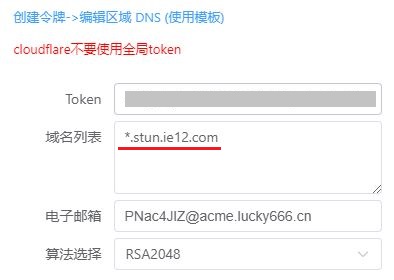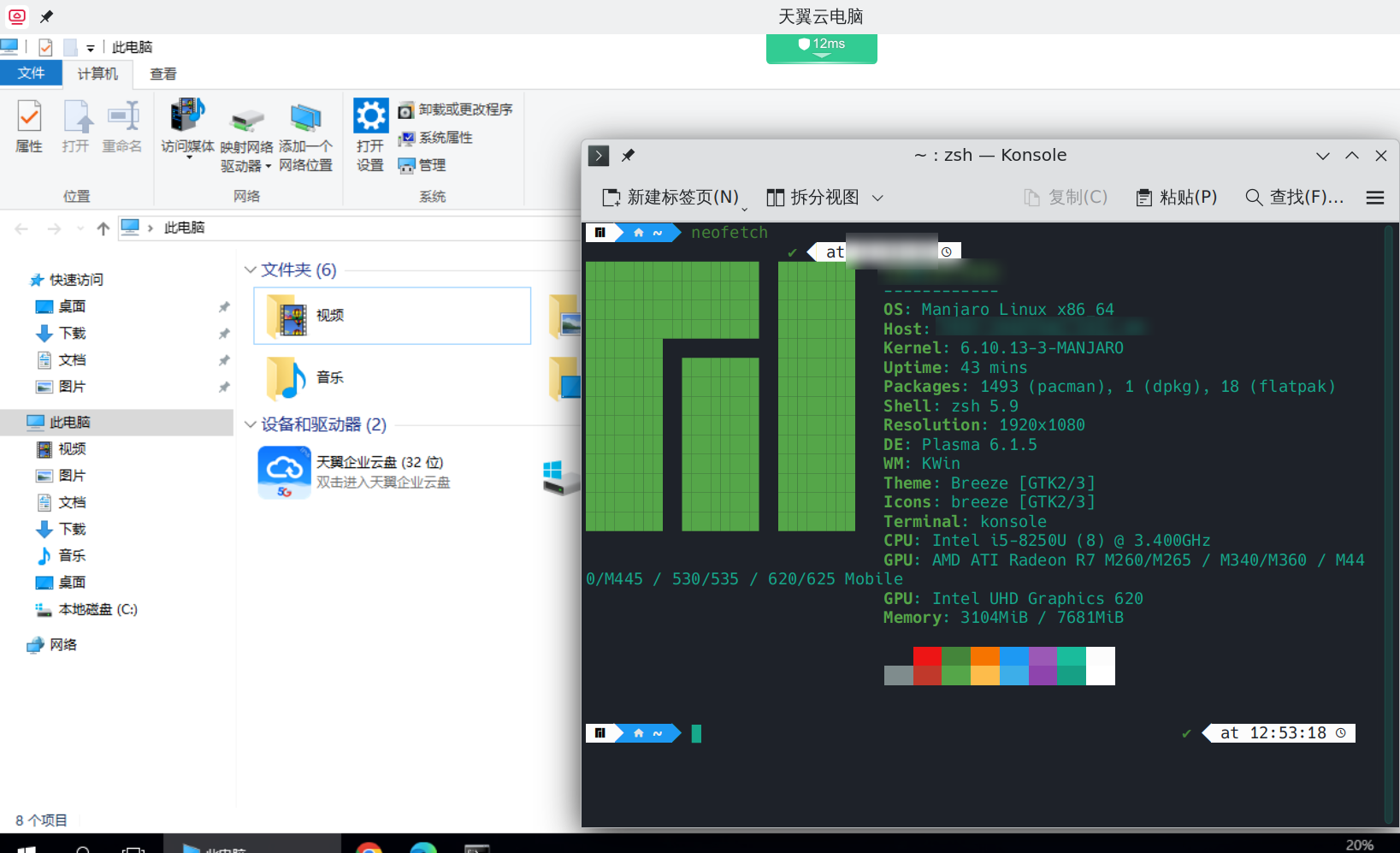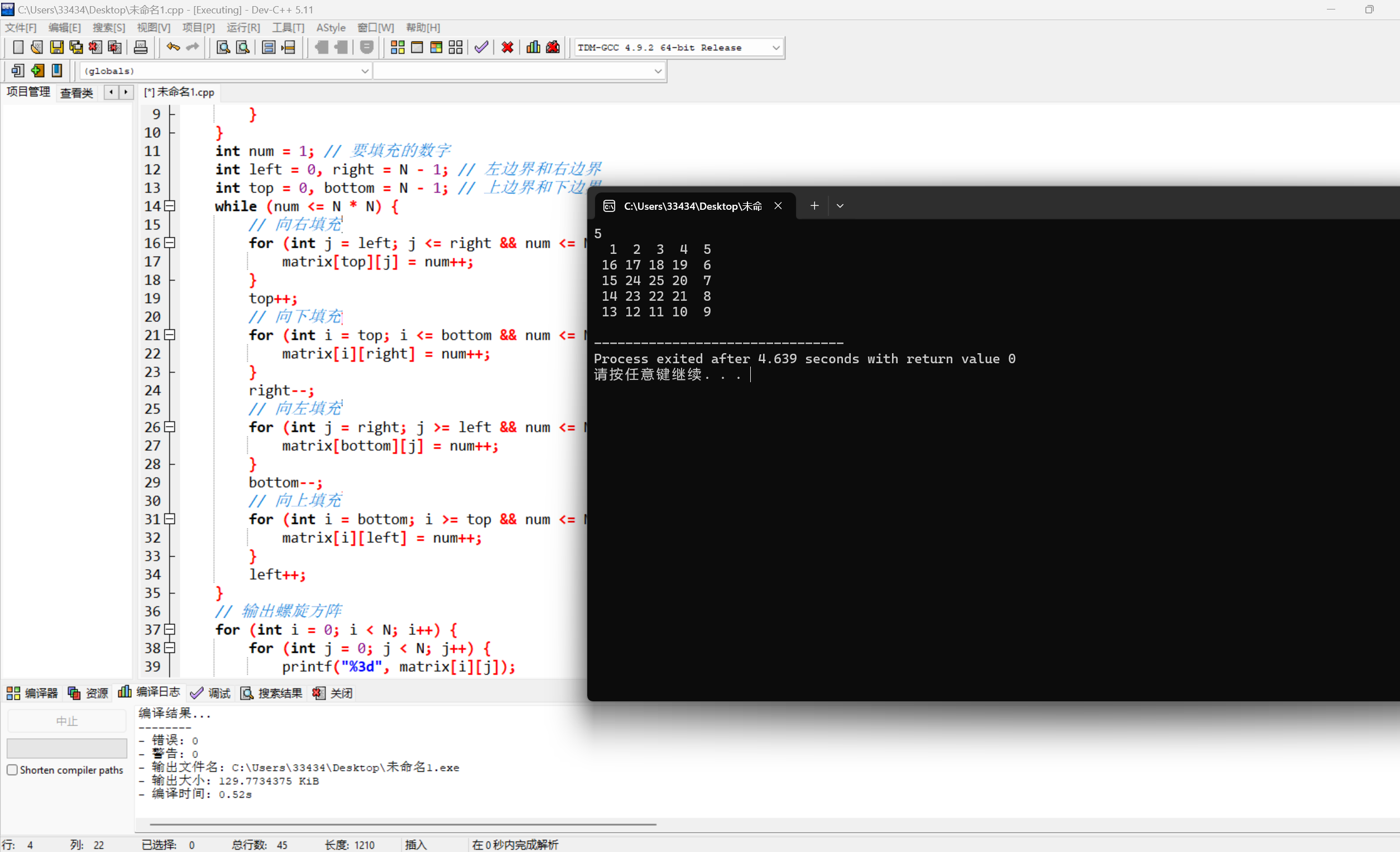文档中提供的方法主要涉及 Elasticsearch 的索引备份和恢复功能。这些方法在实际应用中有多种应用场景,特别是在需要确保数据安全性和高可用性的系统中。以下是一些典型的应用场景:
1. 数据备份与恢复
场景描述
在一个大型的日志管理系统中,每天生成大量日志数据。为了防止数据丢失,需要定期对这些日志索引进行备份,并在必要时能够快速恢复。
使用方法
- 定期备份:
- 使用
isRepositoryExists方法检查备份仓库是否存在。 - 使用
createSnapshot方法创建备份快照。 - 使用
@Scheduled注解创建定时任务,每天凌晨自动备份前一天的日志索引。
- 使用
@Service
public class BackupService {@Autowiredprivate SnapshotService snapshotService;@Scheduled(cron = "0 0 1 * * ?") // 每天凌晨1点执行public void backupIndices() {try {String repositoryName = "log_backup_repo";String snapshotName = "log_backup_" + LocalDate.now().minusDays(1);List<String> indicesToBackup = Arrays.asList("log_index_" + LocalDate.now().minusDays(1));if (snapshotService.isRepositoryExists(repositoryName)) {// 创建备份快照snapshotService.createSnapshot(repositoryName, snapshotName, indicesToBackup);log.info("备份成功: [快照名:{}] [索引列表:{}]", snapshotName, indicesToBackup);} else {log.error("备份仓库 {} 不存在!", repositoryName);}} catch (IOException e) {log.error("备份索引时发生异常", e);}}
}
- 索引恢复:
- 使用
restoreIndices方法恢复指定的索引。 - 提供一个管理员界面,允许管理员选择特定的备份快照来恢复索引。
- 使用
@RestController
@RequestMapping("/admin")
public class AdminController {@Autowiredprivate SnapshotService snapshotService;@PostMapping("/restore")public ResponseEntity<String> restoreIndices(@RequestParam Long id) {try {snapshotService.restoreIndices(id);return ResponseEntity.ok("索引恢复成功");} catch (Exception e) {log.error("索引恢复失败", e);return ResponseEntity.status(HttpStatus.INTERNAL_SERVER_ERROR).body("索引恢复失败");}}
}
2. 数据迁移
场景描述
在系统升级或迁移过程中,需要将现有的数据从一个环境迁移到另一个环境。例如,从开发环境迁移到生产环境,或者从旧的集群迁移到新的集群。
使用方法
-
导出数据:
- 使用
createSnapshot方法在源环境中创建快照。 - 使用
isRepositoryExists方法检查目标环境中的备份仓库是否存在,如果不存在则创建。
- 使用
-
导入数据:
- 使用
restoreSnapshot方法在目标环境中恢复快照。
- 使用
public void migrateData(String sourceRepo, String sourceSnapshot, String targetRepo, String targetSnapshot) {try {// 导出数据createSnapshot(sourceRepo, sourceSnapshot, Arrays.asList("source_index"));// 导入数据restoreSnapshot(targetRepo, targetSnapshot, Arrays.asList("target_index"), null, 0L);} catch (IOException e) {log.error("数据迁移失败", e);}
}
3. 数据审计和合规性
场景描述
在金融、医疗等行业中,数据审计和合规性要求非常高。需要定期备份数据,并在审计时能够快速恢复特定时间点的数据。
使用方法
-
定期备份:
- 使用
createSnapshot方法定期备份数据。 - 记录每次备份的时间和快照名称,以便在审计时查找。
- 使用
-
数据恢复:
- 使用
restoreSnapshot方法恢复特定时间点的数据。
- 使用
@Service
public class AuditService {@Autowiredprivate SnapshotService snapshotService;@Scheduled(cron = "0 0 1 * * ?") // 每天凌晨1点执行public void backupForAudit() {try {String repositoryName = "audit_backup_repo";String snapshotName = "audit_backup_" + LocalDate.now().minusDays(1);List<String> indicesToBackup = Arrays.asList("audit_index_" + LocalDate.now().minusDays(1));if (snapshotService.isRepositoryExists(repositoryName)) {// 创建备份快照snapshotService.createSnapshot(repositoryName, snapshotName, indicesToBackup);log.info("备份成功: [快照名:{}] [索引列表:{}]", snapshotName, indicesToBackup);} else {log.error("备份仓库 {} 不存在!", repositoryName);}} catch (IOException e) {log.error("备份索引时发生异常", e);}}public void restoreForAudit(String snapshotName) {try {String repositoryName = "audit_backup_repo";List<String> indicesToRestore = Arrays.asList("audit_index_" + LocalDate.now().minusDays(1));snapshotService.restoreSnapshot(repositoryName, snapshotName, indicesToRestore, null, 0L);log.info("审计数据恢复成功: [快照名:{}] [索引列表:{}]", snapshotName, indicesToRestore);} catch (IOException e) {log.error("审计数据恢复失败", e);}}
}
4. 灾难恢复
场景描述
在发生灾难性事件(如服务器故障、数据中心故障)时,需要能够快速恢复数据,确保业务连续性。
使用方法
-
定期备份:
- 使用
createSnapshot方法定期备份数据,并将备份存储在多个地理位置分散的仓库中。
- 使用
-
快速恢复:
- 使用
restoreSnapshot方法从最近的备份中恢复数据。
- 使用
@Service
public class DisasterRecoveryService {@Autowiredprivate SnapshotService snapshotService;@Scheduled(cron = "0 0 1 * * ?") // 每天凌晨1点执行public void backupForDisasterRecovery() {try {String repositoryName = "disaster_recovery_repo";String snapshotName = "disaster_recovery_backup_" + LocalDate.now().minusDays(1);List<String> indicesToBackup = Arrays.asList("critical_index_" + LocalDate.now().minusDays(1));if (snapshotService.isRepositoryExists(repositoryName)) {// 创建备份快照snapshotService.createSnapshot(repositoryName, snapshotName, indicesToBackup);log.info("备份成功: [快照名:{}] [索引列表:{}]", snapshotName, indicesToBackup);} else {log.error("备份仓库 {} 不存在!", repositoryName);}} catch (IOException e) {log.error("备份索引时发生异常", e);}}public void recoverFromDisaster(String snapshotName) {try {String repositoryName = "disaster_recovery_repo";List<String> indicesToRestore = Arrays.asList("critical_index_" + LocalDate.now().minusDays(1));snapshotService.restoreSnapshot(repositoryName, snapshotName, indicesToRestore, null, 0L);log.info("灾难恢复成功: [快照名:{}] [索引列表:{}]", snapshotName, indicesToRestore);} catch (IOException e) {log.error("灾难恢复失败", e);}}
}
总结
文档中提供的方法在实际应用中可以广泛应用于数据备份与恢复、数据迁移、数据审计和合规性以及灾难恢复等多种场景。通过这些方法,可以确保数据的安全性和高可用性,满足不同业务需求。
文档中提供的查找方法主要用于查询 Elasticsearch 中的索引快照信息。这些方法在实际应用中非常有用,特别是在需要管理和监控备份状态、验证备份完整性、以及提供用户友好的管理界面等场景中。以下是几个典型的应用场景:
1. 查询索引快照信息
场景描述
管理员需要查看某个备份仓库中所有的快照信息,以确保备份操作已经成功完成,并且可以查看每个快照的具体内容。
使用方法
- 查询所有快照:
- 使用
querySnapshotByRepo方法查询指定备份仓库中的所有快照。
- 使用
@Override
public QuerySnapshotByRepoResponse querySnapshotByRepo(QuerySnapshotByRepoRequest request) {QuerySnapshotByRepoResponse repoResponse = new QuerySnapshotByRepoResponse();if (request == null || StringUtils.isBlank(request.getRepositoryName())) {throw new TitanException("参数不可为空");}try {repoResponse.setSnapshotNameList(querySnapshotByRepo(request.getRepositoryName()));} catch (IOException e) {log.error("查询索引快照异常, [repository:{}]", request.getRepositoryName(), e);throw new TitanException("查询快照列表异常");}return repoResponse;
}private List<String> querySnapshotByRepo(String repositoryName) throws IOException {GetSnapshotsRequest request = new GetSnapshotsRequest();request.repository(repositoryName);GetSnapshotsResponse response = restHighLevelClient.snapshot().get(request, RequestOptions.DEFAULT);List<String> list = Lists.newArrayList();response.getSnapshots().stream().filter(snapshotInfo -> SnapshotState.SUCCESS.equals(snapshotInfo.state())).forEach(snapshotInfo -> {list.add(snapshotInfo.snapshotId().getName());});return list;
}
2. 查询特定快照的索引信息
场景描述
管理员需要查看某个特定快照中包含的所有索引信息,以验证备份是否完整。
使用方法
- 查询特定快照的索引信息:
- 使用
queryIndicesByRepoAndSnapshot方法查询指定备份仓库和快照中的索引信息。
- 使用
@Override
public QueryIndicesByRepoAndSnapshotResponse queryIndicesByRepoAndSnapshot(QueryIndicesByRepoAndSnapshotRequest request) {QueryIndicesByRepoAndSnapshotResponse response = new QueryIndicesByRepoAndSnapshotResponse();if (request == null || StringUtils.isBlank(request.getRepositoryName()) || StringUtils.isBlank(request.getSnapshotName())) {throw new TitanException("传入参数不可为空");}try {List<SnapshotInfo> snapshotInfoList = queryIndicesByRepoAndSnapshot(request.getRepositoryName(), request.getSnapshotName());List<String> indices = new ArrayList<>();for (SnapshotInfo info : snapshotInfoList) {for (String indicesName : info.indices()) {indices.add(indicesName);}}response.setIndicesList(indices);log.info("查询索引快照成功{}", indices);} catch (IOException e) {log.error("查询索引快照异常 [repository:{}] [snapshot:{}]", request.getRepositoryName(), request.getSnapshotName(), e);throw new TitanException("查询索引快照异常!");}return response;
}private List<SnapshotInfo> queryIndicesByRepoAndSnapshot(String repositoryName, String snapshotName) throws IOException {GetSnapshotsRequest request = new GetSnapshotsRequest();request.repository(repositoryName);request.snapshots(new String[]{snapshotName});GetSnapshotsResponse response = restHighLevelClient.snapshot().get(request, RequestOptions.DEFAULT);return response.getSnapshots();
}
3. 查询特定快照中的指定索引信息
场景描述
管理员需要查看某个特定快照中包含的某些特定索引的信息,以验证这些索引是否已经被正确备份。
使用方法
- 查询特定快照中的指定索引信息:
- 使用
queryIndicesByRepoAndSnapshotWithIndices方法查询指定备份仓库、快照和索引名称列表中的索引信息。
- 使用
@Override
public QueryIndicesByRepoAndSnapshotWithIndicesResponse queryIndicesByRepoAndSnapshotWithIndices(QueryIndicesByRepoAndSnapshotWithIndicesRequest request) {QueryIndicesByRepoAndSnapshotWithIndicesResponse response = new QueryIndicesByRepoAndSnapshotWithIndicesResponse();if (request == null || StringUtils.isBlank(request.getRepositoryName()) || StringUtils.isBlank(request.getSnapshotName()) || request.getIndicesNameList() == null || request.getIndicesNameList().isEmpty()) {throw new TitanException("传入参数不可为空");}try {List<SnapshotInfo> snapshotInfoList = queryIndicesByRepoAndSnapshot(request.getRepositoryName(), request.getSnapshotName());List<String> indices = new ArrayList<>();List<String> indicesList = new ArrayList<>();request.getIndicesNameList().forEach(indicesName -> {indicesList.add(indicesName.replace("*", ""));});List<String> snapIndexList = snapshotInfoList.get(0).indices();for (String indicesName : snapIndexList) {for (String nIndicesName : indicesList) {if (indicesName.contains(nIndicesName)) {indices.add(indicesName);break;}}}response.setIndicesList(indices);log.info("查询索引快照成功{}", indices);} catch (IOException e) {log.error("查询索引快照异常 [repository:{}] [snapshot:{}]", request.getRepositoryName(), request.getSnapshotName(), e);throw new TitanException("查询索引快照异常!");}return response;
}
4. 监控备份状态
场景描述
系统需要定期监控备份状态,确保所有必要的索引都已经被正确备份。如果发现有索引未被备份,需要及时通知管理员。
使用方法
- 定期监控备份状态:
- 使用
queryIndicesByRepoAndSnapshot方法定期查询指定备份仓库和快照中的索引信息。 - 比对当前系统中的索引列表,确保所有必要的索引都被备份。
- 使用
@Service
public class BackupMonitorService {@Autowiredprivate SnapshotService snapshotService;@Scheduled(cron = "0 0 * * * ?") // 每小时执行一次public void monitorBackupStatus() {try {String repositoryName = "log_backup_repo";String snapshotName = "log_backup_" + LocalDate.now().minusDays(1);List<String> currentIndices = getCurrentIndices(); // 获取当前系统中的索引列表QueryIndicesByRepoAndSnapshotRequest request = new QueryIndicesByRepoAndSnapshotRequest();request.setRepositoryName(repositoryName);request.setSnapshotName(snapshotName);QueryIndicesByRepoAndSnapshotResponse response = snapshotService.queryIndicesByRepoAndSnapshot(request);List<String> backedUpIndices = response.getIndicesList();List<String> missingIndices = currentIndices.stream().filter(index -> !backedUpIndices.contains(index)).collect(Collectors.toList());if (!missingIndices.isEmpty()) {log.warn("以下索引未被备份: {}", missingIndices);// 发送通知给管理员sendNotificationToAdmin(missingIndices);} else {log.info("所有索引均已备份");}} catch (Exception e) {log.error("监控备份状态时发生异常", e);}}private List<String> getCurrentIndices() {// 实现获取当前系统中的索引列表的逻辑// 例如,从Elasticsearch中查询所有索引return Arrays.asList("index1", "index2", "index3");}private void sendNotificationToAdmin(List<String> missingIndices) {// 实现发送通知的逻辑// 例如,发送邮件或短信}
}
总结
文档中提供的查找方法在实际应用中可以用于多种场景,包括查询索引快照信息、验证备份完整性、提供用户友好的管理界面以及监控备份状态等。通过这些方法,可以有效地管理和监控备份操作,确保数据的安全性和完整性。










